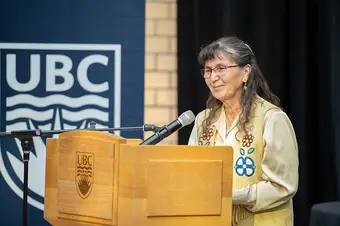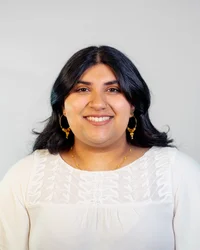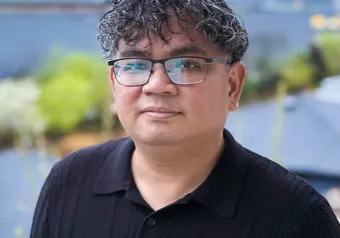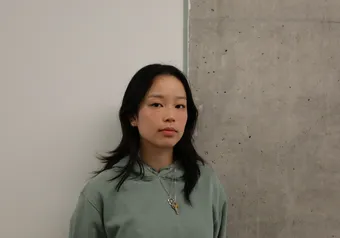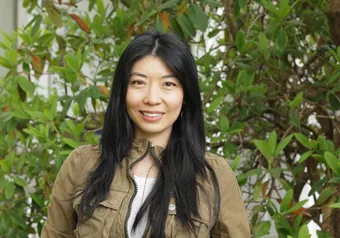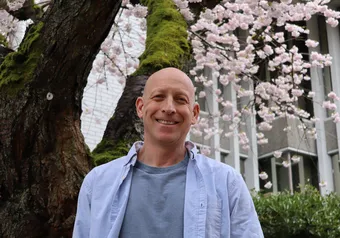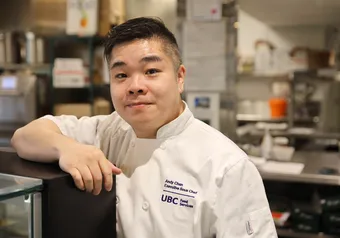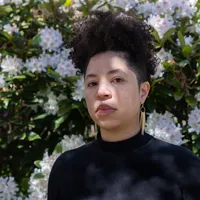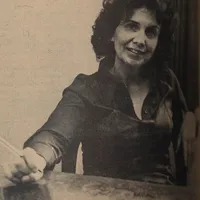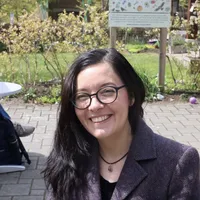After graduating with a BFA from the University of Victoria in 1978, Dr. Jeannette Armstrong threw herself straight into work, turning Syilx history into vibrant stories.
At the En’owkin Centre, a private Indigenous post-secondary institution, Armstrong worked on the Okanagan Indian Curriculum Project which aimed to develop a public school curriculum that represents Okanagan history.
Soon after she started working at the En’owkin Centre, Armstrong — who’s part of the Syilx Okanagan Nation — realized there was a lack of written scholarly materials about Indigenous people.
She wanted to change that.
“I worked with the director at the time, who was directing the Syilx curriculum process,” said Armstrong. “I said ‘We need written materials. We need stories for students … instead of a dry history thing.’”
This led to Armstrong writing novels that centred on Indigenous experience — like Enwhisteetkwa (Walk in Water), Neekna and Chemai and Slash — geared toward primary and secondary school students.
Armstrong’s most well-known novel, Slash, was developed for a grade 11 social studies unit on the 1960s–1980s. She said that time period left Indigenous youth inspired by the Black Panther, American Indian and Red Power Movements.
“It was [a time of] real upheaval, and so I wanted to tell our story during that time,” said Armstrong. “My intent is not to try to embody what a young male would be at that time, because I could never do that, but to try to tell that story — of the things that were going on from a very one person perspective, rather than speaking for all Indigenous young men.”
Stories, to Armstrong, are “important and critical to changing how [Indigenous] people think of themselves and how Canadians think of us.”
“We’re tired of being spoken about. We’re tired of being analyzed from the outside … We have our own voice. We have our own stories. We have our own views. We have our own perspectives, and those are really important to put into print, to publish and to have out there,” said Armstrong.
“It’s one of the most important things right now. I would say the cornerstone for reconciliation.”
Moving into academia
In 2005, Armstrong began her PhD in Indigenous Environmental Ethics and Syilx Indigenous Oral Literature.
But that wasn’t always the plan.
“I was more interested in actualizing and doing things in my community as an activist,” said Armstrong, now an associate professor in Indigenous studies at UBCO. “I really wanted to help in my community [by] finding ways that my people who are not fortunate enough to be able to learn the language or learn our culture or ways could.”
But as her career outside of academia progressed, she realized that spaces for Indigenous scholars needed to be created.
While pursuing her PhD, Armstrong started working at the Okanagan University College (OUC) — the institution that became UBCO and Okanagan College. At OUC, Armstrong helped develop an Indigenous studies program alongside other faculty members, while also working at the En’owkin Centre to develop Indigenous language fluency programs with the Nicola Valley Institute of Technology (NVIT).
As a result of this work, UBCO and NVIT now have a joint Bachelor of Nsyilxcn Language Fluency (BNLF) program, whose first cohort graduated this May. Nsylixcn is the language spoken by the Syilx Okanagan people.
Students in the BNLF spend the first two years of the program at NVIT and the final two years at UBCO, something Armstrong said allows students to “serve our people right in their communities” since students can interact with “elders and knowledge keepers ... in their land and in their contexts.”
This work in the community not only revitalizes Indigenous culture and language but also plays a part in “reconciling internally some of the trauma that has taken place because of residential schooling and because of the loss of language and the loss of culture,” said Armstrong.
“[The BNLF is] really intended to bring forward the best of our culture and the best of our knowledge and the best of our ethics and morals and values and engage them in new ways,” said Armstrong.
Armstrong said the BNLF has “changed the way [graduates] experience themselves in the world, in their community, and it’s really profound healing.”
On the national stage
As the Canada Research Chair in Okanagan Indigenous Knowledge and Philosophy, Armstrong is working to produce written documentation on Syilx oral literature and documents to make this Indigenous knowledge accessible, according to the Canada Research Chairs website.
During her first term as research chair, she and her team of graduate research assistants collected and categorized Syilx documents and stories to study them. This, in part, contributed to the creation of the BNLF, according to Armstrong.
“What are they saying? What are these stories saying about our social structure? What is it saying about our ethics, our morality? What is it saying about our material culture? What things did we do out on the land … What would they be useful for?” said Armstrong.
Now, in her second term, Armstrong is further developing her research to help create other interior BC Indigenous language fluency programs.
“A big part of my work in the last two years has really been engaging and training people, graduate students to be able to pull that information together and be able to advise their communities and be able to provide resources to their communities, which is now happening,” said Armstrong.
Armstrong was inducted into the Order of Canada as an officer in June.
“I am not the kind of person that wants to be in the spotlight … I’m really what you could call a servant leader,” said Armstrong.
Armstrong emphasized she doesn’t do this work for herself, rather for what it accomplishes for her community and for the next generations.
“Having that kind of recognition will help a lot of other Indigenous people, women be able to say, ‘Well, that’s really something,’ and encourage their young people to get an education, to do things that other people might think is impossible.”
First online
Share this article


